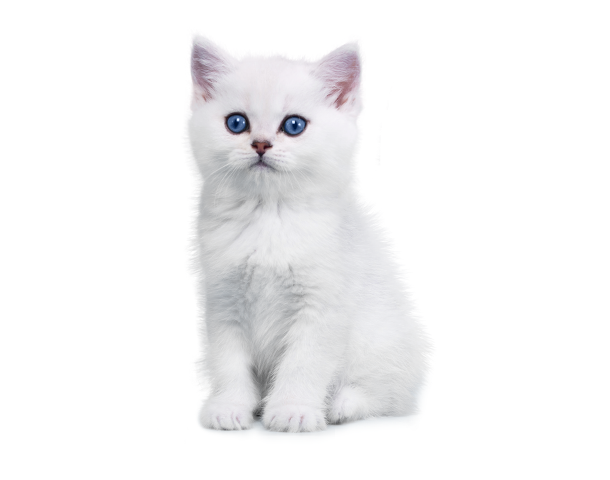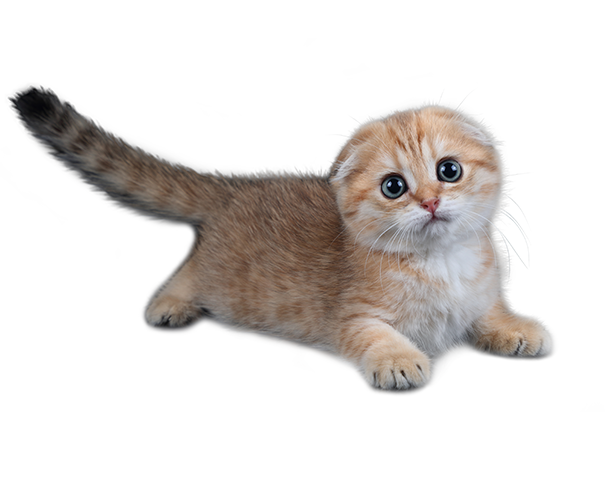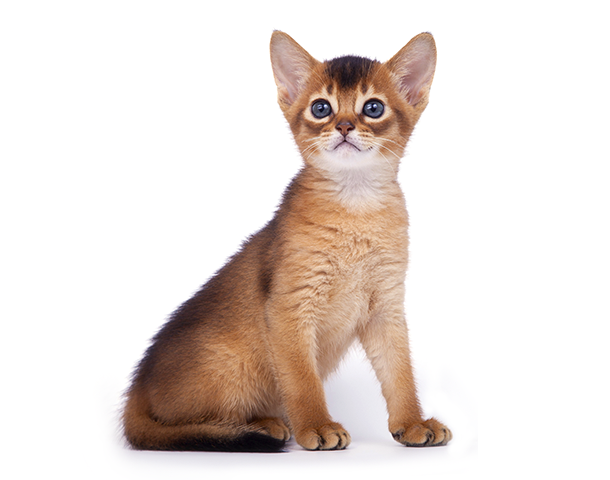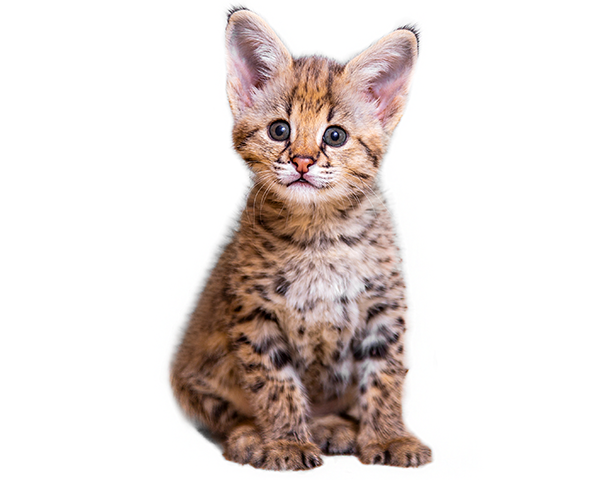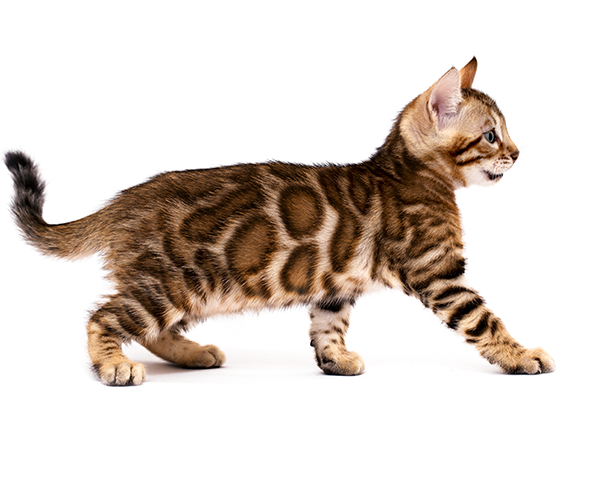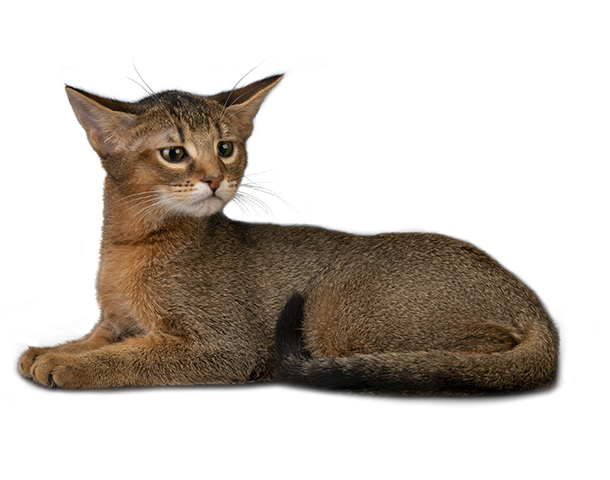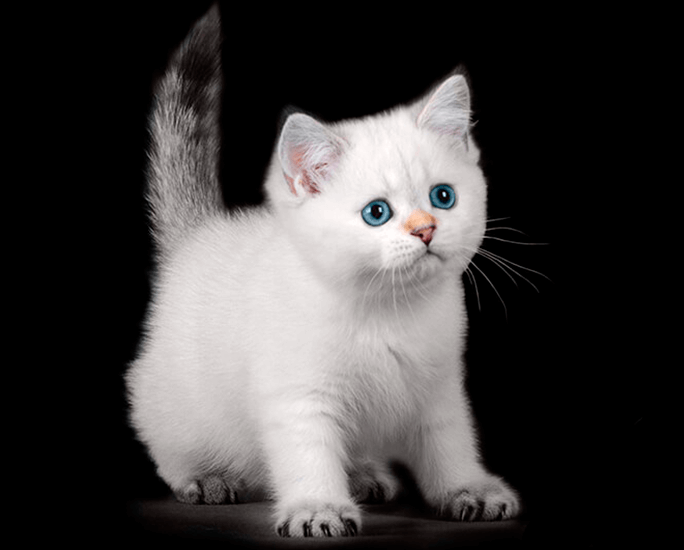Keeping an Abyssinian cat
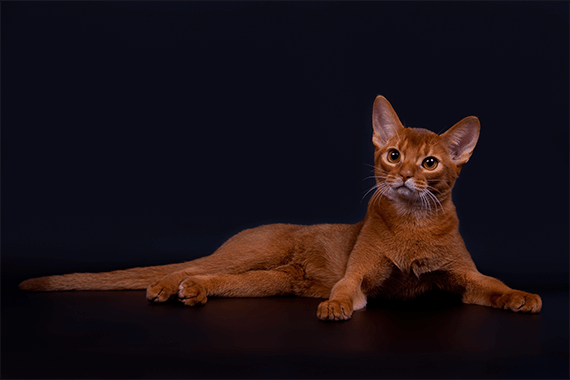
In order for the Abyssinian to remain magnificent in its grace, playful, inquisitive, intelligent and affectionate, it needs proper care, decent maintenance, including proper feeding. Only in this case, good health by nature will be preserved for a long time, and the temperament and intelligence of the animal will allow it to adapt perfectly to living in a family, to follow the rules proposed by human.
Conditions for keeping an Abyssinian cat
For a person who loves domestic cats, but from afar, without close, respectful and attentive communication, it is better not to start such a breed as the Abyssinian. It is necessary to take into account the fact that cats and cats are socially active, besides they love freedom of movement. An animal locked in one room will definitely become depressed, especially if left alone for a long time.
How to arrange accommodation
Household items that are vital for Abyssinians from the first days of their stay in a house or apartment include:
- crockery (separate bowls for food and drink);
- toilet – a convenient tray or a closed structure with a special filler;
- bedding-bed or a spacious basket for sleeping (a cozy house option is possible – from time to time even Abyssinians want privacy);
- scratching post with hard and soft structures (rope, wood, bark);
- a set of toys – artificial mice, sticks, balls, etc. – no matter how much they buy, there will not be much, since the need for games among the Abyssinians is great.
In accordance with the description of the breed, the desire to observe in order to keep abreast of events makes the Abyssinian look for a higher place – a wardrobe, a refrigerator, at worst – the back of a sofa. The ideal option for the owner and the cat would be to place a ladder with a sufficient viewing platform closer to the ceiling.
If transportation is expected (for example, a trip to a veterinary clinic), a special bag or carrying basket is needed. For walks in severe frost, special clothing is recommended for the lean breed of Abyssinians. For therapeutic and prophylactic, and sometimes aesthetic purposes, to place information about the place of residence of the animal, collars are purchased, and for walks – harnesses – leashes of a special design.
Types of harnesses
Walking harnesses eliminate such drawbacks of the collar as the ability to slip out, the danger of catching, for example, on a branch, and hanging on the neck. A special leash distributes the load, while conventional collars put pressure on the throat of an animal rushing somewhere. According to the design of the product are produced:
- H-shaped, having a connecting bar between the loops – it falls on the back of the cat;
- in the form of a figure-eight of two loops on the neck and torso;
- V-shaped, connecting the parts with a strap on the chest;
- in the form of jackets, which allow you to partially protect the wool from contamination;
The best materials for harnesses are soft leather, lightweight nylon, cotton.
What to look for when choosing a collar
Widely presented by manufacturers, cat collars vary in purpose from strictly functional to glamorous and outrageous. But for all the main characteristic is safety for the cat. The possibility of strangulation is not excluded if the animal, hooked, hangs on the collar. Safe types of these accessories have been developed:
- made of elastic materials – they stretch under the weight of the cat, allowing her to free her head;
- with special clasps that open automatically under increased load.
Depending on the goal pursued, collars are available in varieties:
- anti-flea (their version – anti-tick) products include chemicals, can either destroy adult insects or contain growth regulators: IGR, acting on eggs and larvae, interrupts their life cycle;
- identification (address) items with a medallion attached to a strip with up-to-date information about the owner (phone number or address); now this type of collar is increasingly being replaced by chips implanted under the skin of the animal;
- magnetic views that allow free-roaming cats to return from the street through a special door;
- decorative collars are needed not by a cat, but by a person who provides his pet with a chic look.
Manufacturers produce reflective, sound, soothing (non-neutered cat is prone to aggression), GPS collars, and other types – there is a huge choice, for any need of a cat or its owner. However, having noticed that an adult cat, and even more so a kitten, itches or sneezes, one should abandon a specific type of collar due to an allergy to its impregnation compositions.
What claw to buy
Special devices help save furniture from the claws of a domestic predator. Even if the cat walks on the street – in the house she sharpens her claws several times a day. If you do not buy a scratching machine, it will be chairs, armchairs, sofas, wooden jambs, walls, curtains and carpets. When choosing an accessory, pay attention to:
- durability, safe stability;
- quality of materials, functionality;
- sufficient height of the product: the animal, sharpening its claws, stretches to the full length of the body.
Because cats love to scratch at different angles, it’s best to have two or three scratching posts of different sizes and materials. By design, products are vertical, including wall-mounted, horizontal, and can simultaneously serve as a piece of cat furniture – for example, a lounger. On top of a vertically reinforced scratching post, manufacturers often reinforce a cozy “nest” into which the cat will quickly learn to climb. To accustom a pet to a useful accessory, it is recommended to stimulate it by rubbing a new thing with catnip.
Abyssinian grooming
If your pet of the Abyssinian breed does not participate in shows, exhibitions, then caring for his appearance will not cause much trouble. However, hair, ears, eyes and paws will have to be regularly groomed and the costs of necessary hygiene are assumed.
What you need for hair care
As a smooth-coated and clean-loving breed, a healthy Abyssinian manages to maintain its coat largely on its own, even when shedding. She does not need a haircut, and combing her hair should not be done more than 2 times a month. Neither the formation of tangles nor skin diseases are typical for the breed. You need to gloss with a special brush, starting combing with movements against the fur in order to get rid of the undercoat from the fallen hairs. After combing along the coat, you need to remove the hairs with a special rough glove.
Bathing a cat
The Abyssinian refutes the saying «is afraid, like a cat of water.». If desired, she herself can jump into a warm bath with the owners, but she should not be allowed, since hot water and «human» detergents are contraindicated. To avoid allergies, it is necessary to buy special alkali-balanced cat shampoos without conditioner.
It is necessary to accustom to bathing in warm water from a young age, preferably after trimming the claws. It is better to plan water procedures for the time of molting – the wool that climbs will be washed off. After bathing, you need to dry the animal well. Abyssinians don’t usually mind-blowing warm air from a hair dryer.
Other necessary grooming
In periods between bathing, after dusty walks, coarse grooming powder cleans the animal’s coat well. This is a modern version of the experience of English breeders, who for centuries have brought the coat of shorthair cats to a dazzling look with the help of oat bran. Such a “dry shampoo” is sprinkled, tousled, dirty areas of the coat, and then the powder is combed out with a comb along with debris and dirt. The rest of the powder can be blown out with a hair dryer.
The nails are trimmed at intervals of twice a month, if the animal does not use the claw sharpener too actively. Only a small curved tip of the claw is removed with sharp tweezers. The procedure requires that the pet be calm – then it is easy, by pressing on the pad, you can force the claws to extend. If a living tissue is accidentally damaged (a blood vessel protrudes), treat the wound with hydrogen peroxide.
It is important to clean the large, deep-open ears of the Abyssinians regularly: sulfur should not accumulate in them. It is also necessary to monitor the condition of the mucous membrane of the eyes. If they «turn sour» due to abundant mucus, you can drip warm tea to relieve inflammation, and with recurring symptoms of conjunctivitis, show the cat to the veterinarian.
The teeth of Abyssinian cats prone to gingivitis (inflammation of the gums) require relief from plaque, where microbes breed, as well as from tartar. To do this, you need to purchase a brush, a special cat paste. Pasture hygiene should be carried out every 7-10 days.
A special salon grooming for the Abyssinian may be needed if the owner is going to present her beauty and standards to the world. However, frequent visits to salons often have a detrimental effect on the psyche of the animal, on its health.
When an Abyssinian cat needs special care
In special attention, like people, cats need certain difficult periods. During estrus, pregnancy, the character may deteriorate somewhat, besides, the expectant mother needs enhanced nutrition. Proper care is needed during an illness, whether it be simple diarrhea or a serious pathology, after undergoing a castration or sterilization operation, during a period of depression, to which representatives of the breed are prone. There are nuances of care for the age when the cat is also called a kitten, and for an elderly animal.
For almost 150 years of official breeding history, the Abyssinian has firmly established itself as unpretentious in everyday life, well-educated, which ensures its popularity among lovers of domestic purrs.

